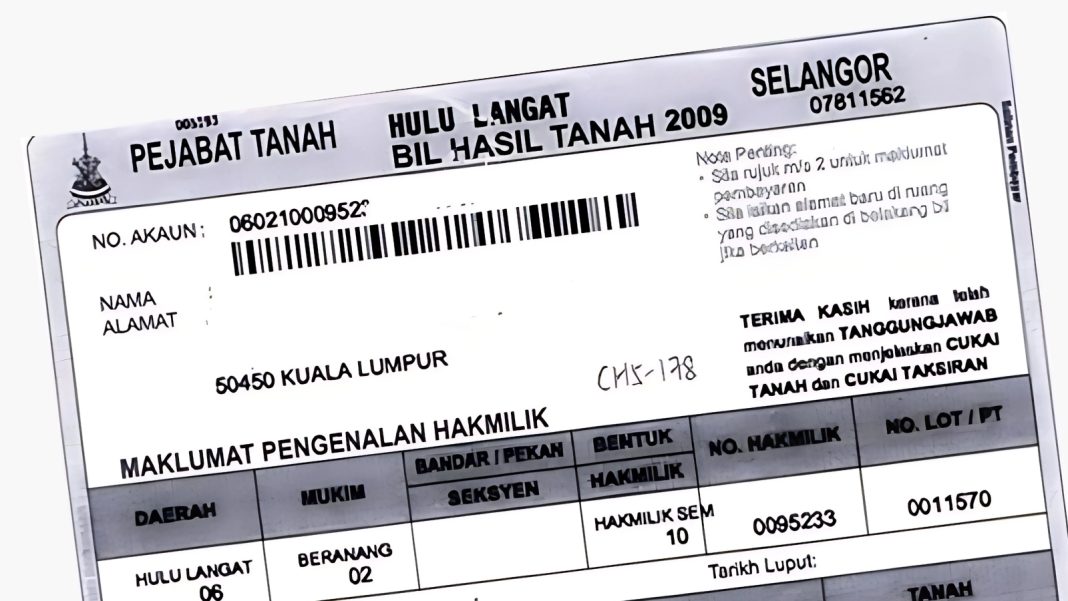The Strata Management Act (SMA) 2013 has transformed the way stratified properties are managed in Malaysia. This law provides a comprehensive framework for resolving disputes and ensuring fair governance in developments like condominiums and apartments. Here, we’ll explore the SMA’s provisions and how it interacts with the Deed of Mutual Covenants (DMC), which previously played a key role in managing stratified properties.
What Are Stratified Properties?
Stratified properties refer to developments where multiple units coexist within a single project, such as condominiums, apartments, or mixed-use buildings. These properties share facilities like swimming pools, gyms, and parking lots, which require collective management by the unit owners.
Ownership in stratified properties goes beyond owning a unit—it includes shared responsibilities for maintaining common areas. For example, issues like disputes over noisy neighbors or upkeep of shared spaces can arise, highlighting the need for clear management systems.
Strata Titles vs. Individual Titles

Strata-titled properties are part of a larger shared development, requiring a management framework for communal areas. In contrast, individual titles apply to standalone properties with no shared obligations. Effective governance is essential for strata properties to ensure harmony among residents.
Management Bodies Under SMA 2013
The SMA introduces three management bodies, each with distinct responsibilities:
1. Joint Management Body (JMB)
The JMB is a temporary entity formed by the developer and unit purchasers before strata titles are issued. It manages the property during the transition period.
2. Management Corporation (MC)
The MC takes over once strata titles are issued and at least 25% of units are transferred to individual owners. It is responsible for ongoing property management and enforcement of by-laws.
3. Subsidiary Management Corporation (Sub-MC)
For larger developments with unique zones or requirements, a Sub-MC can be established to manage specific sections more effectively.
Responsibilities of Management Bodies
The roles of these management bodies include:
- Registering property owners.
- Enforcing by-laws and addressing complaints.
- Maintaining and repairing common areas.
- Managing finances, including collecting service charges and sinking funds.
- Ensuring sufficient insurance coverage.
Maintenance Fees and Sinking Funds

To sustain operations and maintain facilities, property owners contribute to:
- Service Charges: Monthly fees for routine maintenance of common areas and amenities like elevators, security, and landscaping.
- Sinking Fund: A reserve for major repairs, such as repainting buildings or replacing aging infrastructure.
What Is a Deed of Mutual Covenants (DMC)?

Before the SMA, the DMC was the main document governing the rights and responsibilities of property owners in stratified developments. A DMC outlines rules for using common facilities, sets maintenance fees, and defines the developer’s and owners’ obligations.
Even with the SMA in place, DMCs still play a supplementary role by addressing specific matters not covered under the Act. For instance, DMCs may include additional rules on pet ownership or the use of private facilities.
Impact of SMA on DMCs
Section 148 of the SMA invalidates any DMC clauses that conflict with the Act. The SMA and the Strata Management (Maintenance and Management) Regulations 2015 establish clear by-laws, overriding conflicting provisions in older DMCs.
However, DMCs remain relevant if they align with the SMA. For example, developers or management bodies can propose additional by-laws through the Commissioner of Buildings (COB) or by passing special resolutions in JMB or MC meetings.
Case Example: DMCs in Action
The case of Prestaharta Sdn Bhd vs Ahmad Kamal Md Alif & Ors (2016) illustrates the significance of DMCs. Here, a DMC allowed a developer to retain certain facilities as private property, contrary to buyers’ assumptions. The court upheld the DMC, emphasizing its binding nature. Under the SMA, however, such disputes are better addressed, as the Act requires clearer definitions of public and private property.
Advantages of DMCs Today
Although the SMA has taken precedence, DMCs still offer advantages:
- Supplementary Rules: They provide additional guidelines that complement the SMA.
- Customization: DMCs can address unique property features, like exclusive amenities or specific communal rules.
Conclusion
The Strata Management Act 2013 has reshaped property governance in Malaysia, offering a solid framework for managing stratified developments. While the DMC’s role has diminished, it remains a valuable tool for supplementing the SMA. For property owners and investors, understanding the relationship between the SMA and DMCs is essential for smooth and harmonious property management.


